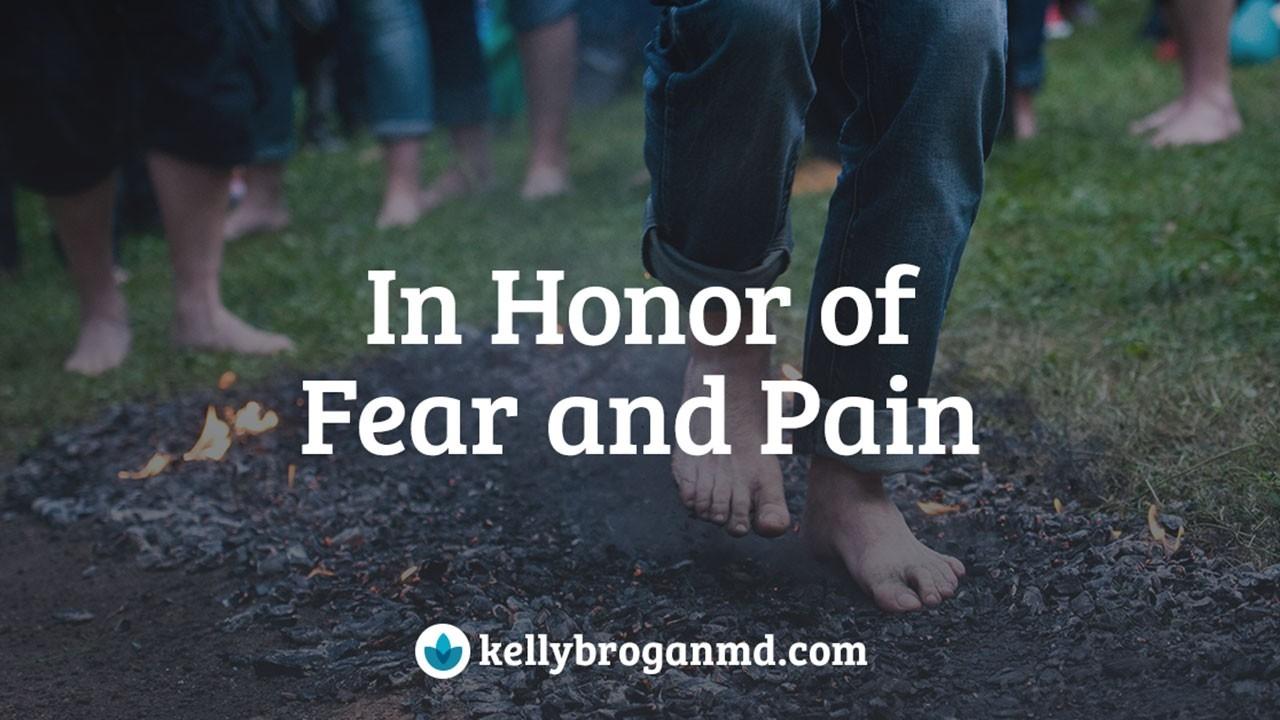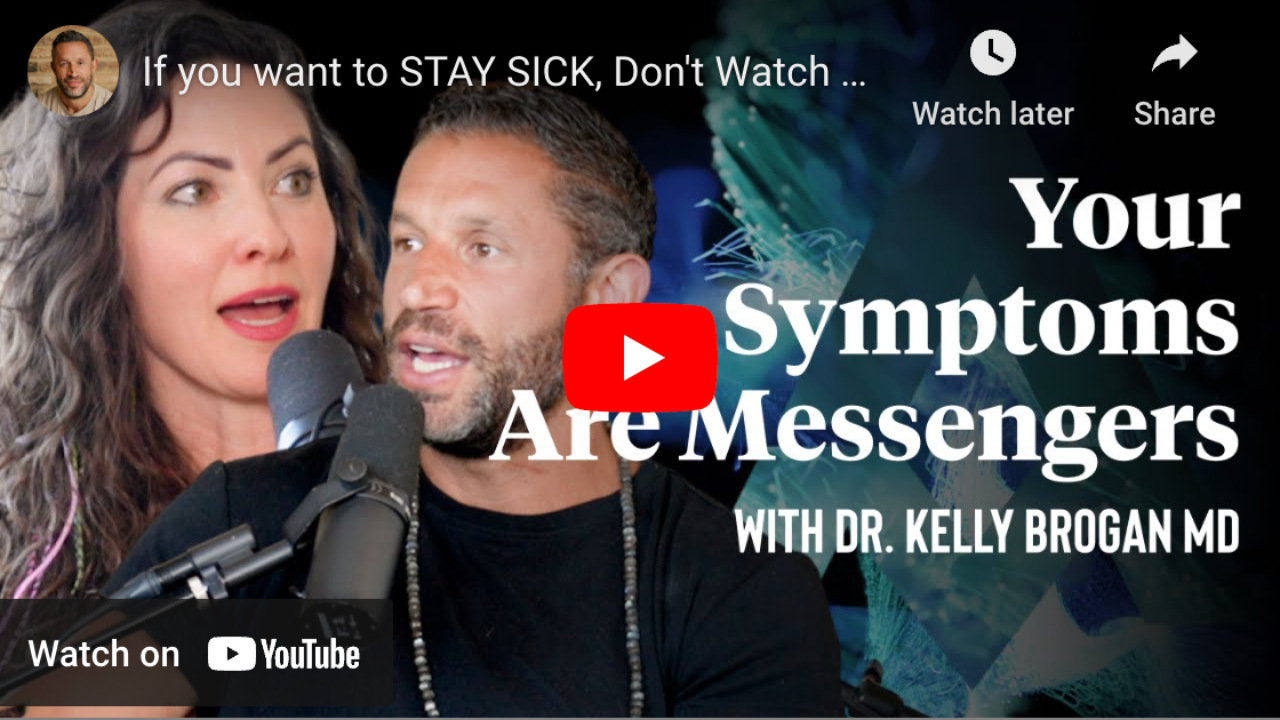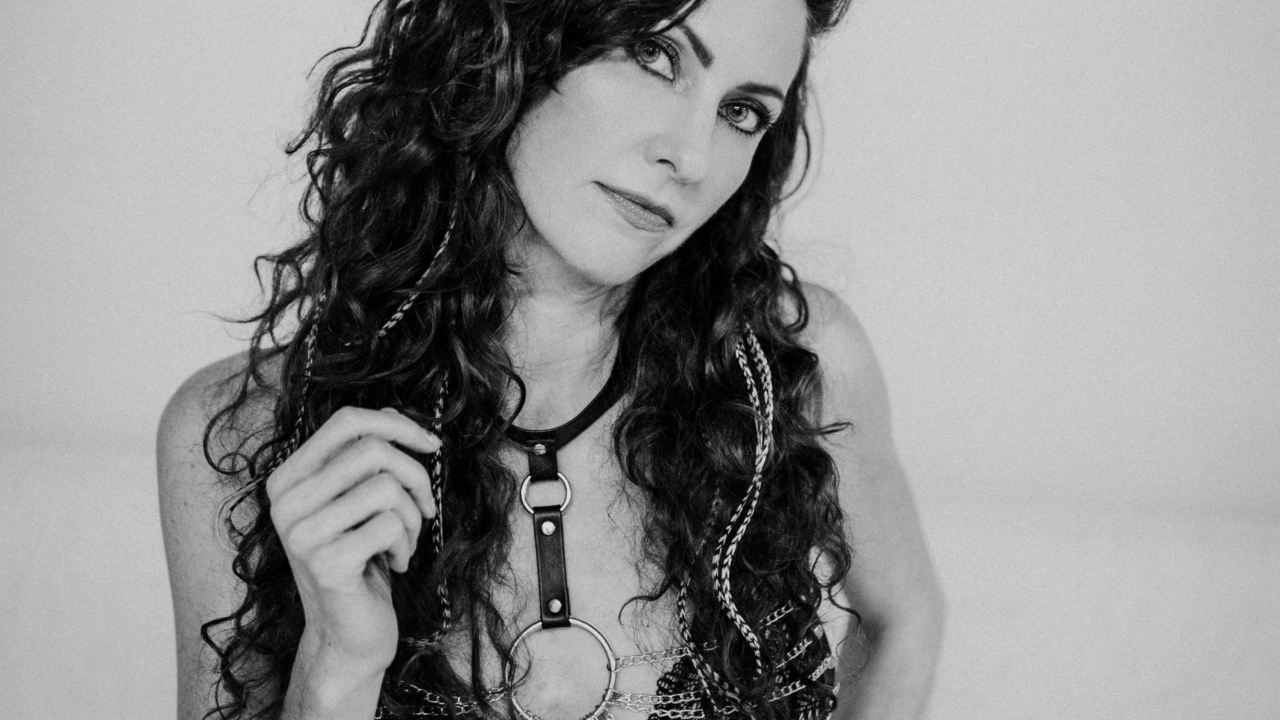Overcoming Fear and Pain by Honoring Them

We move through life insulated by the mundane. Schedules and contracts, possessions, titles, and labeled relationships. We plug the address into the GPS, and we simply assume we will arrive when it says we will. We deny the fact that we control nothing. That uncertainty is the only operative principle.
Can you remember the last time everything fell apart? The last time your breath was taken away and that burning in your chest felt like it was going to pull you into the molten center of the earth? You may know that this has passed through you, like some existential weather pattern, but it’s probably hard to really feel it right now.
Do you remember what you did with that pain, sadness, anger, hopelessness? Did you eat differently, drink differently, did you hide from it? Did you work more? Did you vent the rage elsewhere? How did you try to fix it? Make it easier, better, closer to going away?
I have been reminded of the tenuousness of it all. I have been blindsided by assumptions that everything always will be as it is now. It happens suddenly and then everything changes. Time slows down, and I feel like I am looking out at my life through many feet of water. Disoriented and drowning.
Pain. It is a powerful captor. I have known heartache and loss, and it feels like I’m suffocating. I want to scream and explode as much as I want to fade into nothing. It twists inside me and ruptures my vital organs. I hold my heart as it bleeds, knowing that if I squeeze it too tight, it will stop beating, and if I let it go and walk away, I will die. I feel caught in this trap of caring for my own wounds. Forgetting that caring for them only means holding space for them to heal themselves. It means letting the pain exist.
But fear makes this almost impossible. What is this fear? Is it existential aloneness? Is it fear of infinity? Is it a belief that I will be destroyed? Fear goads. It demands and begs me to act. “Fix it, you idiot!” It screams. Fear tells me every horror story it can to get me to move. It’s going to feel like this forever. You’ve lost everything you needed. This pain you’re feeling is something you deserve. Life from now on is suffering. Nothing matters anymore. So, I negotiate. I tell myself, despite knowing that I must just sit and get quiet and let it move through, that this situation is different. This situation warrants action, just a little, and then I will sit. I think about ways to open a valve on my pain. I just need to let a little out, and then I will sit. If only, I just… then…
To relent and be still is excruciating beyond measure. To accept what is being delivered. To accept what is, feels like the hardest thing I’ve ever done. It is a test of faith. A true exploration of how much I am willing to relinquish the illusion of control over my path. How much do I understand that the unfoldment is just to be witnessed by me, not managed.
This is called surrender
It is the art of embodying our humanity while transcending it. It can only come when you let go. What is letting go? Is it giving up? Walking away? Saying, forget it? Letting go is feeling into the design of it all, knowing that you are not the artist. It will never look the way you thought it would. You will be forever reminded that the things you most want may nearly kill you and the things you could barely tolerate brought you exactly what you needed. And all this just happens.
The patterns on the leaf grow without your conscious attention, just like your heart pumps and your lungs breathe without your doing. Letting go is zooming out and taking it all in. Feeling held by the grandeur as your microworld falls apart.
It’s the hardest thing to do because our minds must be quieted for this to happen. We have to say shhhh….over and over and over again. We have to find that silence.
Entering the cocoon to emerge the butterfly
And why do this? Why permit this experience?
Because this is where and how we evolve. It’s how we learn. It’s how we shed skins.
This is the crucible.
When I sit with pain, I know that it is transforming me inside. It is refining and reconfiguring and upgrading all that needs to be. What emerges will be closer to truth, more resilient, and more real. Even if I don’t like it at first. This pain doesn’t need to be understood or narrated. It just needs to do its work with consciousness holding space for it.
The thing is, we don’t know how to do this. No one teaches us anymore. We don’t even know that it’s an option to consciously suffer. And that’s why we feel stuck, detached, confused, dead inside. Many of us walk through life asleep because we have architected an entire existence around avoidance of pain and discomfort. We are buying into the fantasy that this is possible, and so the pain becomes a chronic dull existential ache instead. We try to ease it with medication, with drugs, with sex, with work. We punch the clock instead of letting it all fall apart.
Initiation and practice in the art of suffering
Ancestral cultures appreciated the role for initiation in transcending existential crises that inevitably befall every human in their lifespan. From Africa, to Australian aborigines, to Native Americans, men are initiated through injection with poisonous frogs, bullet ant gloves, wilderness survival, psychedelic plants, tooth removal, and even ingestion of their own foreskin without chewing. Movement through the fear and pain of these planned and anticipated processes allows them to touch their inner refuge of strength, trust, and surrender.
Women, of course, have built into the design of their being, the potential for the greatest initiation. It’s called birth. And it is, of course, when it is allowed to be, your baby’s birth, and your rebirth.
I live life in high relief, in full expression, and with high octane. With this comes risks and intensity, and some poignant deliveries of intense suffering. This is being alive and I have signed on. When I struggle, I reach back inside myself to the births of my daughters. I visit with the experiential knowing that it is darkest before the dawn. I remember the feeling of hopelessness, of meeting with a pain so intense, I thought it might kill me. I remember negotiating and seeking reassurance from my homebirth midwife. I doubted myself a thousand times. And then, she was born, and I was remade inside myself. I was chiseled to reveal more of who I truly am as a woman. I met with my inner divinity and my connectedness to the whole. For the rest of my life, I will draw from that knowing.
We, as a culture, reject these initiatory rituals. We board over our senses and sing la la la when the Continuum attempts to call us back. When we are confronted by rites of passage, we are told, don’t go there, it will hurt too much. We prize comfort above all else, imagining that it actually exists. Imaging that what we set up for ourselves as a cushion, as insulation, will actually keep us cozy in any meaningful way. We suppress and distract ourselves from the invitations that keep coming. The invitations to step into our power.
We forget that tears – emotional tears – heal. In fact, when you let yourself cry, you release prolactin, ACTH, and leucine-enkephalin, none of which are secreted when you cut an onion. Our bodies are built to dance with this connection to our selves. To feel pain and accept it.
“But ordinarily we do not discover the wisdom of our feelings because we do not let them complete their work; we try to suppress them or discharge them in premature action, not realizing that they are a process of creation which, like birth, begins as a pain and turns into a child.” – Alan Watts
Have you heard of the saying, “what resists persists”? It’s a catchy reminder of the choice we have to walk through the fire or to run from it. We are learning this lesson societally, as investigative journalist Robert Whitaker reveals that our use of antidepressants has turned single episode struggles that recovered 85% of the time within one year, never to recur, into chronic and debilitating disorders that hold patients hostage in their own arrested development.
Beyond victimhood
Are you ready for your initiation? Do you want to move into a freer, more actualized version of your self? Trust me, when I tell you that it’s worth it. It may not be one trial. In fact, they may keep coming so that you can step more and more and more into your authentic self. So that you can get closer to unconditional love. So that you can know better what it is that you are here to do… not your ego, but your soul.
If you are in the hole of pain, here’s what I have to say to you. It’s what I say to my patients, and what I tell myself in times of struggle:
1. Burn the stories – I love my mind. I love to use it. I love to “understand” everything and wrap words around experience. I can use it when I’m mad. It works when I’m sad. It has written epic love letters and tales of ecstasy. These stories are the source of my pain though. When you are gripping on too tightly to “your version of the situation,” throw your story into the fire. Let it all go. Relinquish it and say, “I don’t know.” Only then will a more crystal truth emerge, and it may be just that – “I don’t know.” Hold your stories about yourself and your relationships gently. If you can’t, you will be forced to confront them more directly. It’s so much harder that way.
2. Build your tribe – I have the best friends on the planet. My connections are tribal. I would die for these people. I would raise their children. I would give them organs. These were connections forged in the fire of awakening, and it is like soul recognition when you meet these members of your pack. A few relationships have endured my process from earlier in my life, but many are new and more are coming. The more you stand in the Truth, the more you attract those who will stand with you. I see, when I struggle, that I called these hearts close to me to help me hold space. We aren’t meant to always walk alone, and it sure is easier when a sister whispers, “I know how much this hurts. Just sit with it. Let it work its magic inside you. Trust that you need to shed something.”
3. Practice – There’s a reason I love kundalini yoga. In fact, it may have saved my life several times already. When I have been pumping my arms up and down for 11 minutes and my mind says, “no way, you’ve got to quit,” I can look at it and smile. I can tell it to shhhhh because I know that I’m not going to die. I trust my arms aren’t going to fall off. And then I witness the pain transform into something different. Pain doesn’t just get worse and worse and worse. It reaches a volume that it needs for you to hear it and then it chills there if you let it be. In kundalini, the discomfort often completely disappears, inexplicably. Sometimes it turns into something totally different. Kundalini reminds me of childbirth. And there are other technologies that push you to your edge and compel you to visit with your fears of inadequacy, incompleteness, unlovability, and even death, all in a safe space. There’s fasting, there’s intense interval exercise, vipassana retreats, and plant medicine rituals. Find what calls you and practice the art of surrender. You’ll draw from this when you need it most.
4. Get Quiet – When you’re done sharing your heart with the intimates of your tribe, go inward. Walk in nature. Journal. Let the tears flow. Listen to what is coming up. Study it like an anthropologist with nonjudgmental curiosity. Play with the concept of trust. Consider the possibility that your life has a design – one that you’re not meant to see completely, but that you dance with to come into your most expanded expression of self. Look back on tragedies and mishaps. You survived them. You’re still here. It always passes and moves if you let it. In quiet, it’s easier to see this. Here’s a meditation to heal a broken heart. Here’s one for fear of the future. And here’s one to keep you from reacting when you should be still.
5. Find the gift – It’s always in there. Our pain is our greatest teacher, and suffering is an opportunity to evolve into your self more fully. There are no exceptions. Miscarriages, deaths, affairs, and losses of all kinds can leave you a hapless victim reaching for a quick fix to ease the pain, or these experiences can carry you to higher ground. Move through the birth canal of your process, into the light. Be humble. Look for a way to try on a different perspective and a new approach to struggle that embraces it rather than rejects and laments it. It’s here whether you like it or not, so work with what you can take from it. Can you be more gentle? Can you commit more fully? What about being right? Can you let go of that? Do you need to connect more fully to your tribe, to yourself to carry you through the next challenge?
We all need to come together to create space for these transformations. We need to honor each other’s processes and to witness and allow rather than meddle and correct. Every time you move through your own personal fire, you make it more possible for someone else to do the same. This may be the deepest way to weave us back together into the fabric that will hold us through any and every eventuality.
Want to continue reading?
Enter your details below to read more and receive updates via email.









